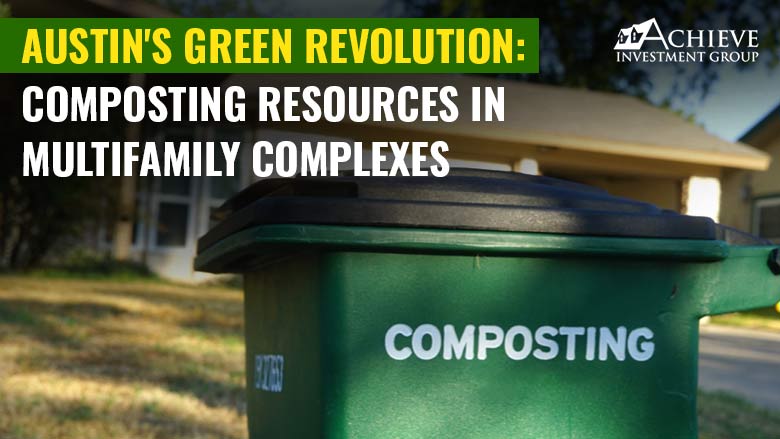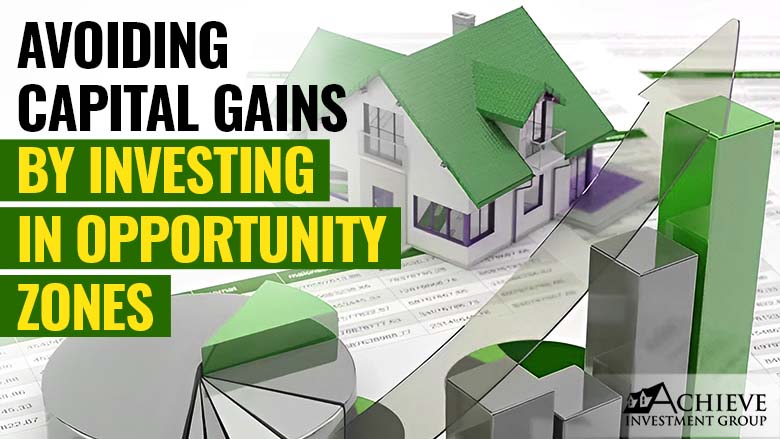The Next Big Thing in Real Estate: How AI is Disrupting the Market
Real estate, an industry that has remained relatively unchanged for decades, is now experiencing a revolutionary transformation, all thanks to Artificial Intelligence (AI). This article will explore AI’s significant impact on the real estate market. From predictive analytics to virtual reality tours, AI is reshaping how we buy, sell, and invest in properties. Understanding the Role of AI in Real Estate In the digital age, data is invaluable. AI algorithms analyze vast amounts of data, helping real estate Investors make informed decisions. Predictive analytics powered by AI can forecast market trends and property value fluctuations and even predict potential growth areas. This insight empowers buyers and investors to make strategic choices, increasing the efficiency of the entire real estate process. Virtual Reality Tours: Stepping Inside Your Dream Home Gone are the days of scrolling through static images online. AI-driven virtual reality (VR) tours allow prospective buyers to immerse themselves in a property from the comfort of their homes. These tours provide a realistic experience, enabling buyers to visualize the space, layout, and ambiance accurately. AI algorithms enhance these VR tours, adapting them based on user preferences and creating a personalized experience for each potential buyer. The Benefits for Buyers and Sellers Buyers: Informed Decisions and Personalized Experiences Buyers armed with AI-generated insights can make confident decisions. They can explore properties matching their criteria accurately, saving time and effort. Moreover, AI personal assistants help buyers understand their preferences, suggest suitable listings, and schedule property viewings. Sellers: Faster Sales and Better Returns For sellers, AI optimizes property listings. AI algorithms analyze market data and buyer behavior, allowing sellers to set competitive prices. AI-driven marketing strategies target potential buyers effectively, ensuring properties are showcased to the right audience. This targeted approach leads to quicker sales and, often, better financial returns. The Rise of AI-Powered Chatbots Customer service is paramount in real estate. AI-powered chatbots provide instant responses to customer queries, enhancing customer experience. These chatbots are programmed to answer frequently asked questions, schedule appointments, and provide detailed property information. They operate 24/7, ensuring that potential buyers and sellers receive timely assistance, irrespective of the time zone differences. Conclusion In conclusion, AI is the next big thing in real estate, revolutionizing the industry in unprecedented ways. From predictive analytics guiding strategic decisions to immersive virtual reality tours providing personalized experiences, AI enhances efficiency and improves customer satisfaction. Embracing AI in real estate is not just a trend but a necessity in this fast-paced, tech-driven world. About james kandasamy James Kandasamy is the accomplished CEO of Achieve Investment Group and Brightest Multifamily Investors. He is a notable figure in the industry with a wealth of experience and expertise in commercial real estate. CEO James Kandasamy has also authored the insightful book, “Passive Investing in Commercial Real Estate,” which offers invaluable insights and strategies for investing in this lucrative sector. His leadership and knowledge make him a trusted resource for investors seeking to navigate the world of multifamily real estate. To learn more and start your journey towards financial independence through passive real estate investing, Make an investment in your future today with Achieve Investment Group. Frequently Asked Questions How is AI changing the way properties are marketed? AI analyzes market data and buyer behavior to create targeted marketing strategies, ensuring properties are showcased to the right audience, leading to faster sales. 2. Are AI-powered virtual reality tours popular among buyers? Yes, AI-powered virtual reality tours are gaining popularity as they provide realistic and personalized experiences for potential buyers. 3. What role do AI-powered chatbots play in real estate? AI-powered chatbots offer instant responses to customer queries, schedule appointments, and provide detailed property information, enhancing customer service. 4. Can AI predict property value fluctuations accurately? AI algorithms analyze vast amounts of data to predict property value fluctuations and market trends, providing accurate insights for buyers and investors. 5. How can AI assist sellers in setting competitive prices for their properties? AI analyzes market data and suggests competitive prices based on property features, location, and market demand, helping sellers optimize their listings for better returns.










